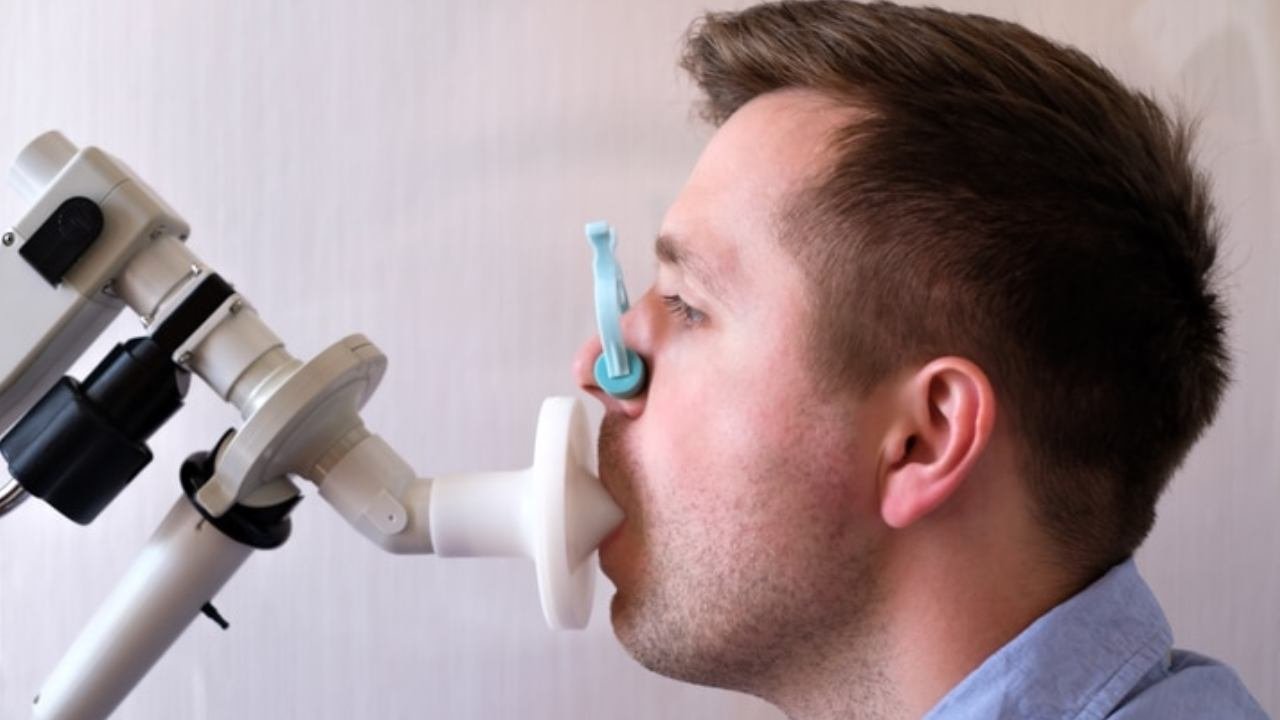What is Pulmonary Edema?
Pulmonary edema is a medical condition characterized by the accumulation of fluid in the lungs' air sacs (alveoli), leading to impaired gas exchange and breathing difficulties. This condition can develop suddenly (acute) or gradually over time (chronic) and requires prompt medical attention.
Common Symptoms and Signs
The presentation of pulmonary edema varies based on its onset and underlying cause. Common symptoms and signs include:
- • Shortness of Breath (Dyspnea): Difficulty breathing, which may worsen with activity or when lying flat.
- • Coughing: A persistent cough, often producing frothy sputum that may be tinged with blood.
- • Wheezing: A high-pitched whistling sound during breathing.
- • Chest Pain: Discomfort or tightness in the chest.
- • Rapid or Irregular Heartbeat (Palpitations): Awareness of a fast or irregular pulse.
- • Excessive Sweating (Diaphoresis): Unusual sweating without physical exertion.
- • Anxiety and Restlessness: Feelings of impending doom or unease.
- • Pale or Bluish Skin (Cyanosis): A sign of decreased oxygen in the blood.
In chronic cases, symptoms may be less severe but can include:
- • Difficulty Breathing with Activity: Shortness of breath during exertion.
- • Difficulty Breathing When Lying Down (Orthopnea): Needing to prop up with pillows to sleep.
- • Waking Up at Night with Shortness of Breath (Paroxysmal Nocturnal Dyspnea): Sudden nighttime breathlessness.
Immediate medical evaluation is essential if these symptoms are present.
Diagnosis and Workup
Diagnosing pulmonary edema involves a comprehensive approach:
- • Medical History and Physical Examination: Assessment of symptoms, medical history, and risk factors.
- • Imaging Studies:
- • Chest X-ray: Identifies fluid accumulation and other lung abnormalities.
- • CT Scan: Provides detailed images of the lungs.
- • Laboratory Tests:
- • Blood Tests: Evaluate oxygen and carbon dioxide levels, kidney function, and markers of heart stress.
- • B-type Natriuretic Peptide (BNP): Elevated levels may indicate heart failure.
- • Electrocardiogram (ECG): Detects heart rhythm abnormalities and signs of heart strain.
- • Echocardiogram: Assesses heart function and structure.
- • Pulmonary Artery Catheterization: Measures pressures within the heart and lungs.
These evaluations help determine the underlying cause and guide treatment strategies.
Management and Treatment
Treatment aims to address the underlying cause, remove excess fluid, and improve respiratory function:
- • Oxygen Therapy: Supplemental oxygen to alleviate hypoxia.
- • Medications:
- • Diuretics: Reduce fluid overload by promoting urine production.
- • Vasodilators: Lower blood pressure and decrease heart workload.
- • Inotropic Agents: Enhance heart contraction in cases of heart failure.
- • Mechanical Ventilation: Assistance with breathing in severe cases.
- • Treating Underlying Conditions: Managing heart disease, infections, or other contributing factors.
Prompt and appropriate treatment is crucial to prevent complications and improve outcomes.
Frequently Asked Questions (FAQs)
- 1. What causes pulmonary edema?
Pulmonary edema can result from heart-related issues (cardiogenic), such as left-sided heart failure, or non-heart-related causes (non-cardiogenic), including acute respiratory distress syndrome (ARDS), high-altitude exposure, or toxin inhalation.
- 2. Is pulmonary edema life-threatening?
Yes, especially if acute. It requires immediate medical attention to prevent severe respiratory distress and other complications.
- 3. How is pulmonary edema different from pneumonia?
While both involve fluid in the lungs, pneumonia is an infection causing inflammation and fluid accumulation, whereas pulmonary edema is fluid buildup without infection, often due to heart problems.
- 4. Can pulmonary edema be prevented?
Managing risk factors like hypertension, heart disease, and avoiding high-altitude exposure without proper acclimatization can reduce the risk.
- 5. What should I do if I experience symptoms of pulmonary edema?
Seek emergency medical care immediately, as timely treatment is vital for a favorable outcome.






